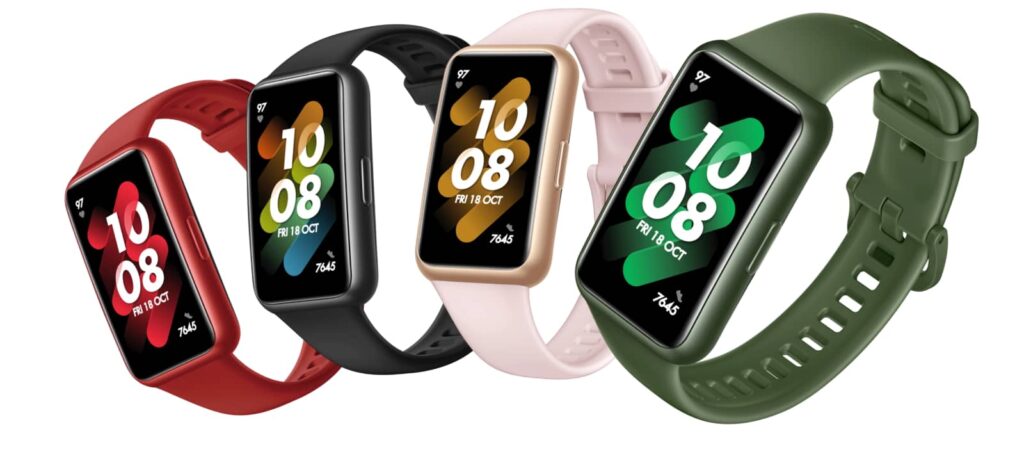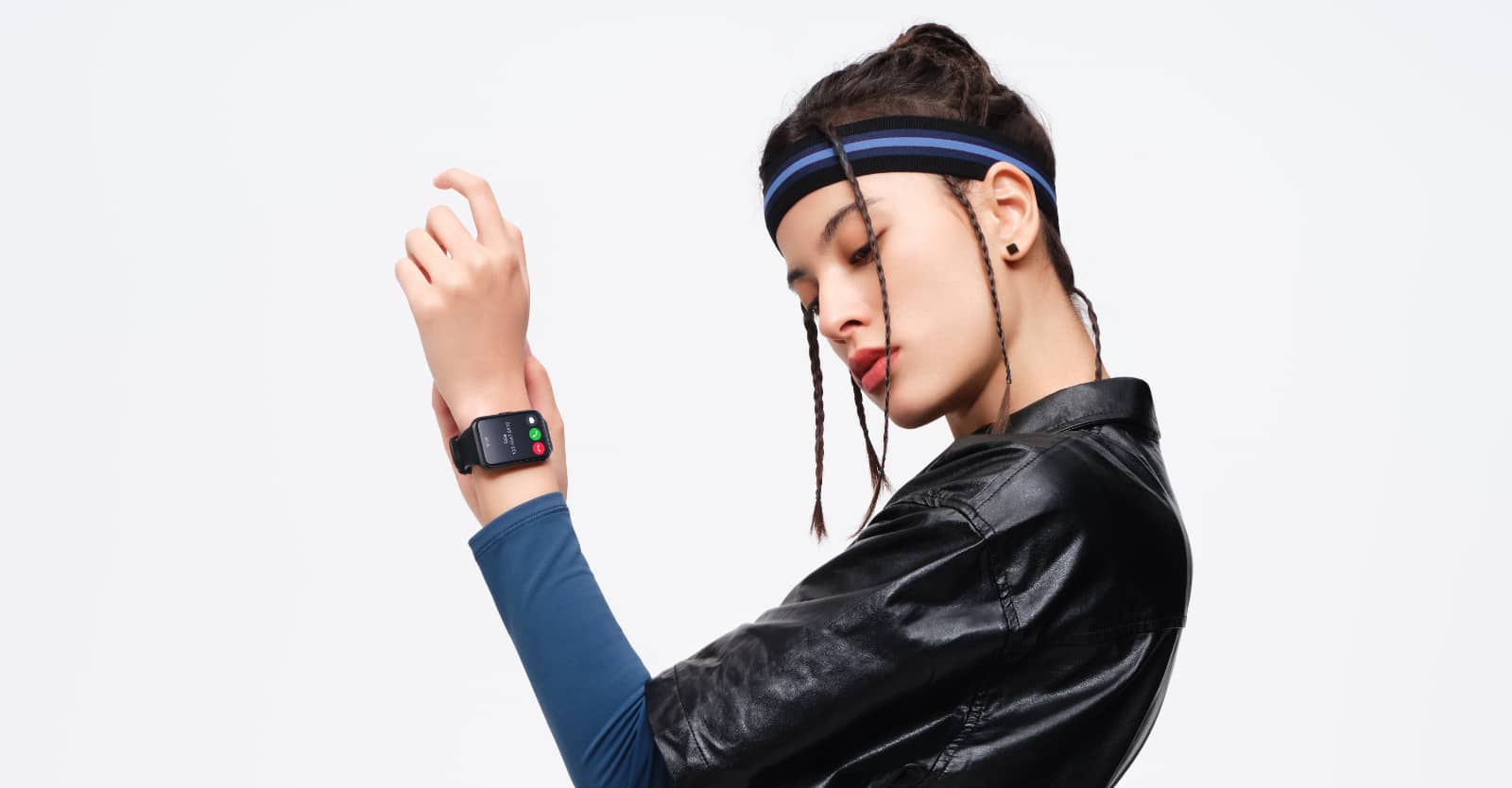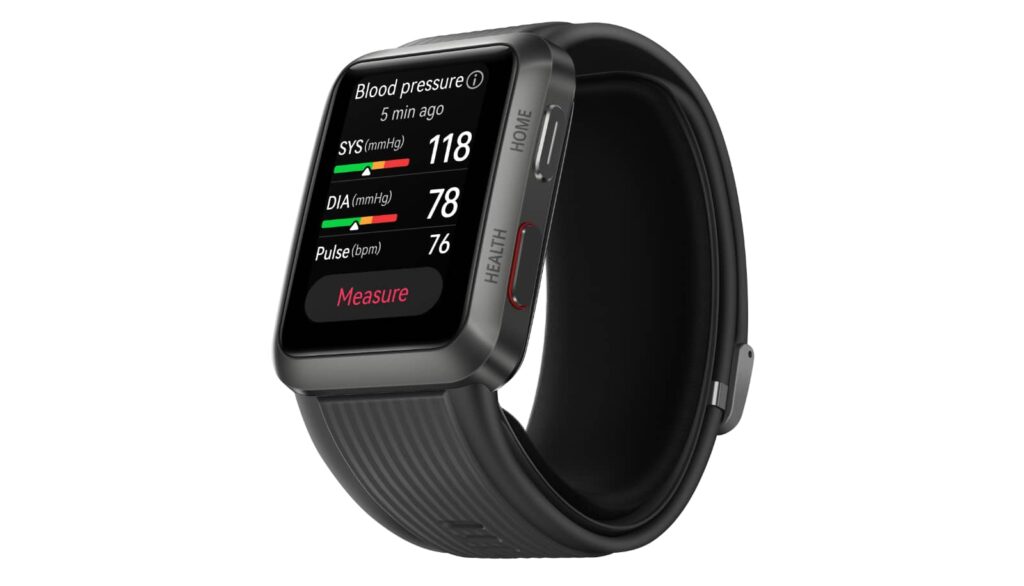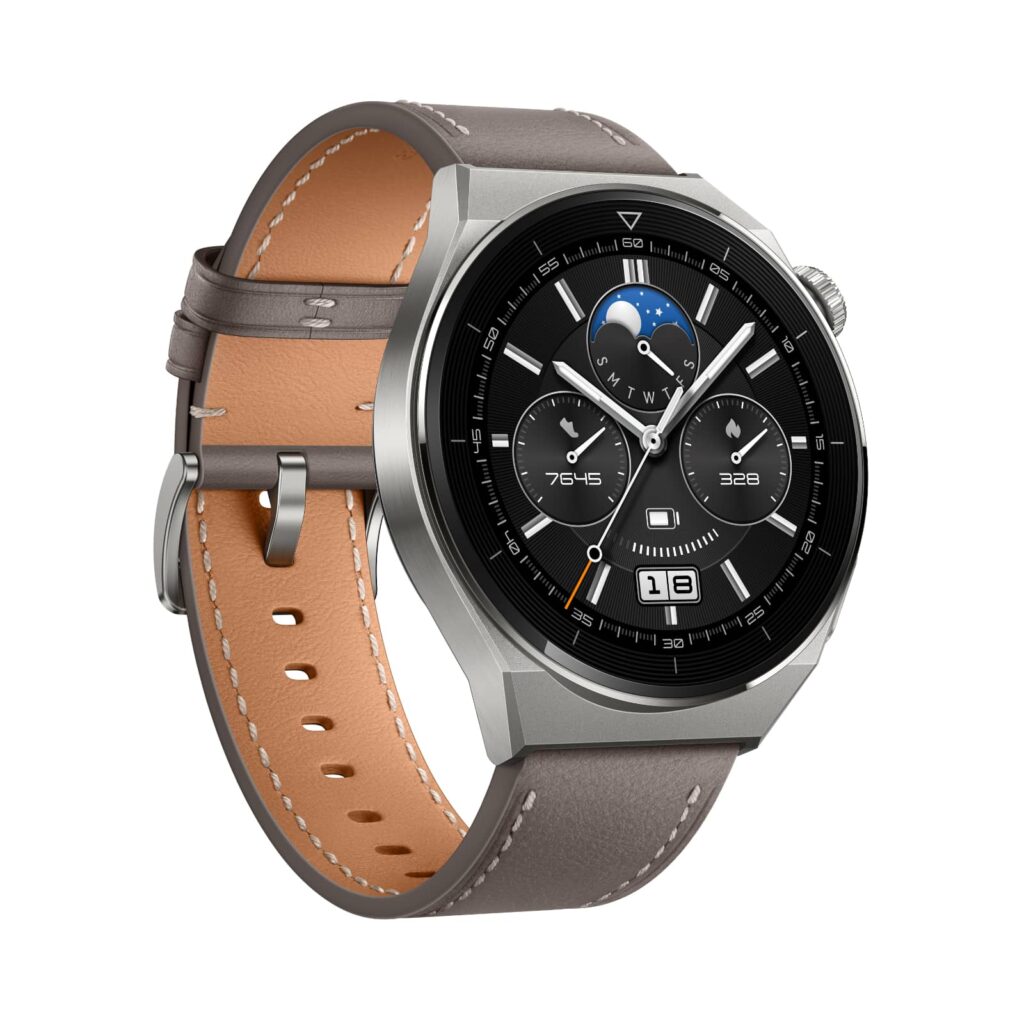Staying active is important, but so too is monitoring it, and with Huawei’s latest wearables, you might be looking at more than heart rate, but blood pressure, too.
There are some interesting things coming out of a former major phone maker, and they mightn’t be quite what you expect.
While Huawei was once known as a major player in the smartphone game in Australia, the days of Huawei hitting hard against the likes of Apple, Samsung, and Google are largely behind us, thanks in part due to all the stuff that happened between Huawei and the US government with regards to Google.
With Huawei’s phone ambitions practically being stalled a little in Australia, the gadget maker has been looking into other areas. You can find Windows computers by the company, and even noise cancelling earphones with the Huawei name. It has even worked on a speaker with audio specialists Devialet. And of course, there are wearables, with smartwatches competing with the obvious players from Samsung and Apple.
But perhaps more interestingly, Huawei’s wearable division may be going one step further, building wrist-worn gadgets that can look at health conditions the others mightn’t be thinking about.
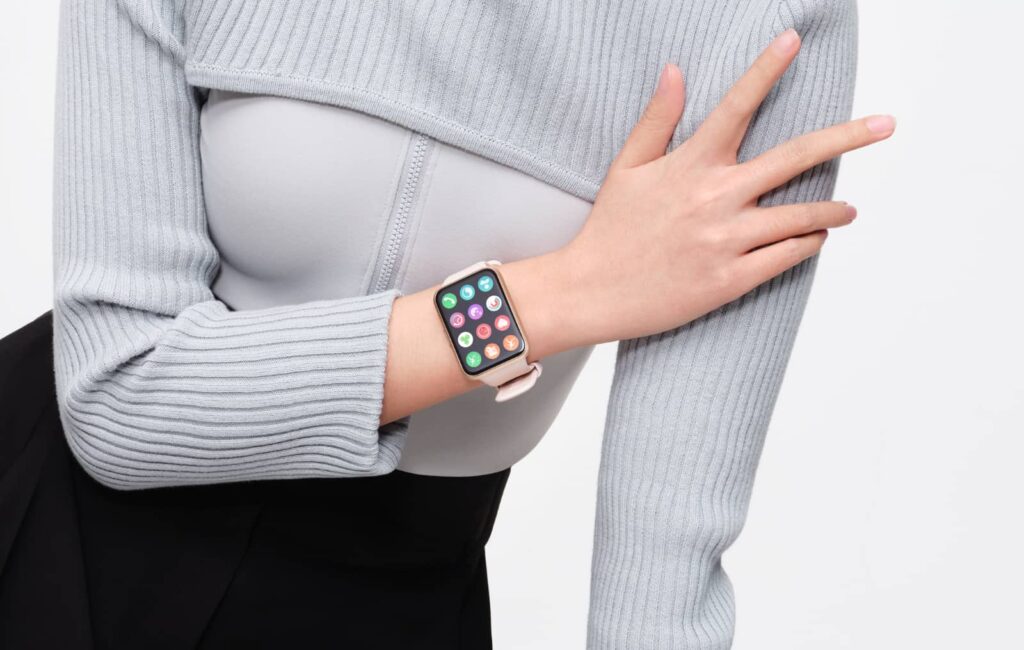
There are a few models on the way from Huawei’s 2022 wearables, and while one looks like a dead ringer for the Apple Watch, at least one is very different, including a feature we’ve yet to see on a smartwatch: a blood pressure monitor.
You might expect to see blood pressure monitors as one of those cuffs you wear, and Withings has been making electronic smart versions of those for a numbers of years now, but Huawei’s Watch D is a little different.
Built as a smartwatch, the Watch D is basically a health tracker and notification-enabled timepiece with the ability to inflate its watch strap and check your blood pressure at your wrist.
The feature could well be one of the most complex features of any smartwatch we’ve heard of, and isn’t the only one, with a heart rate track, SpO2 blood oxygen sensor, electrocardiograph tracking (ECG), plus a GPS for working out where you’re going on a walk.
It’ll talk to either iOS or Android by way of the Huawei Health app, and provides notifications to your phone, plus some water resistance with an IP68 certification.
However, the Huawei Watch D will also cost $799, providing these features in a rectangular touchscreen wearable supporting up to a week of battery life, and made to be a little taller the obvious competitor, priced similarly all the same.
It’s one gadget we’re particularly curious to strap on our arms, though it’s not the only wearable coming from Huawei this year.
There’s a slightly more expensive circular smartwatch coming in the Huawei Watch GT3 Pro, a follow-up to the GT2 we’ve seen before and a model that will miss out in the unique blood pressure technology in the Watch D. Instead, it’ll see health tracking and a Free Diving Mode for swimming tracking, as well as golf modes. Priced from $899, the GT3 Pro will sport up to 14 days of battery life, and arrive in either a 43mm ceramic model or a 46mm titanium variation.
And then at the lower end, there’s also Huawei’s Fit 2 smartwatch, getting a small amount of water resistance in colourful touchscreen design priced between $299 and $349, while the Huawei Band 7 gets the price down even further to $159, building something akin to a Fitbit Charge 5, but made by Huawei instead.
The collection is definitely an interesting play for Huawei, though the blood pressure tracker could well be the one that grabs, offering a feature in a wrist-worn wearable literally no one else has. As to whether it’s anywhere near as effective as the real thing, that remains to be seen, but you can bet it’s something we’ll be game to try.
For anyone else, the wearable range looks to be available in stores and online from July onwards.
